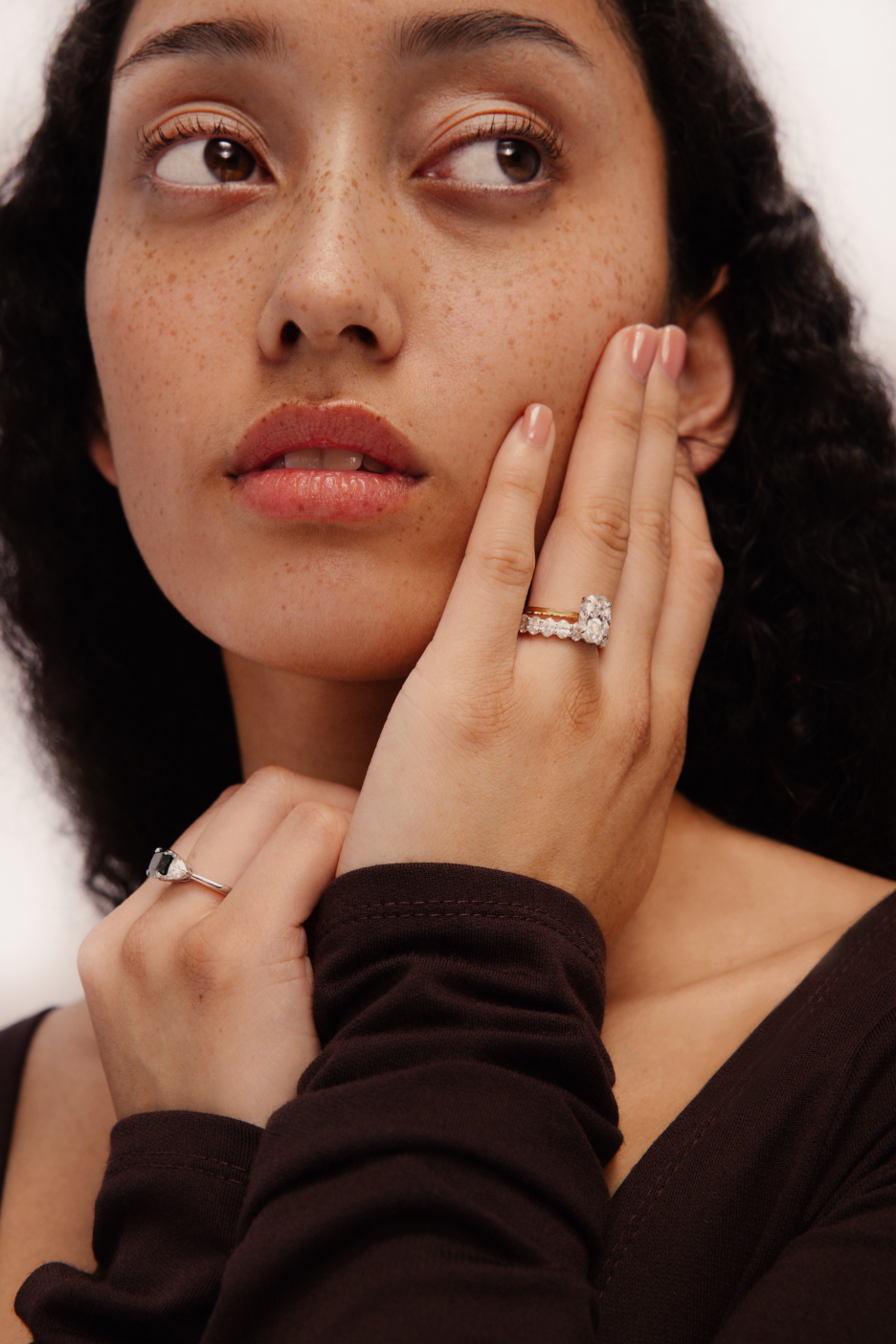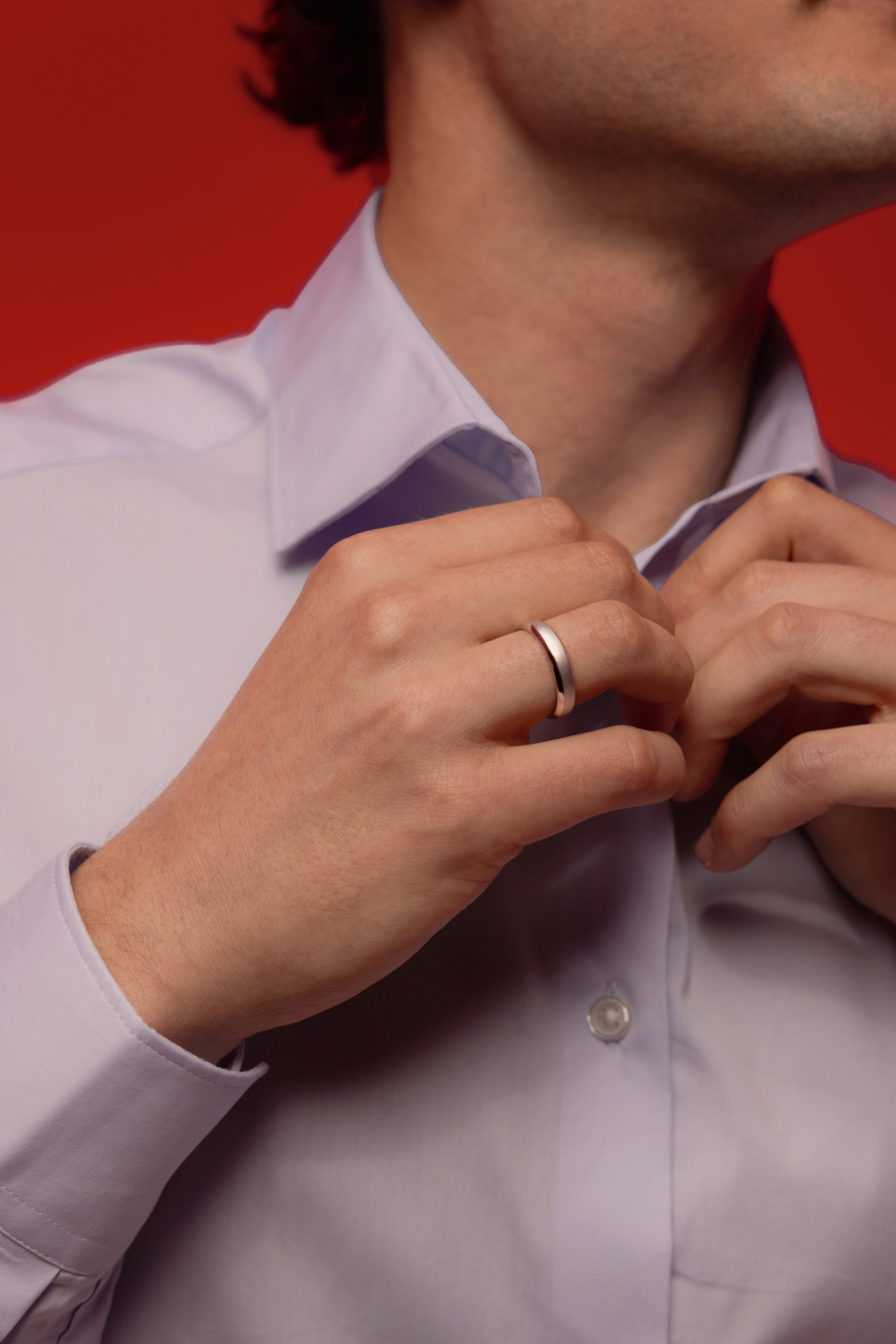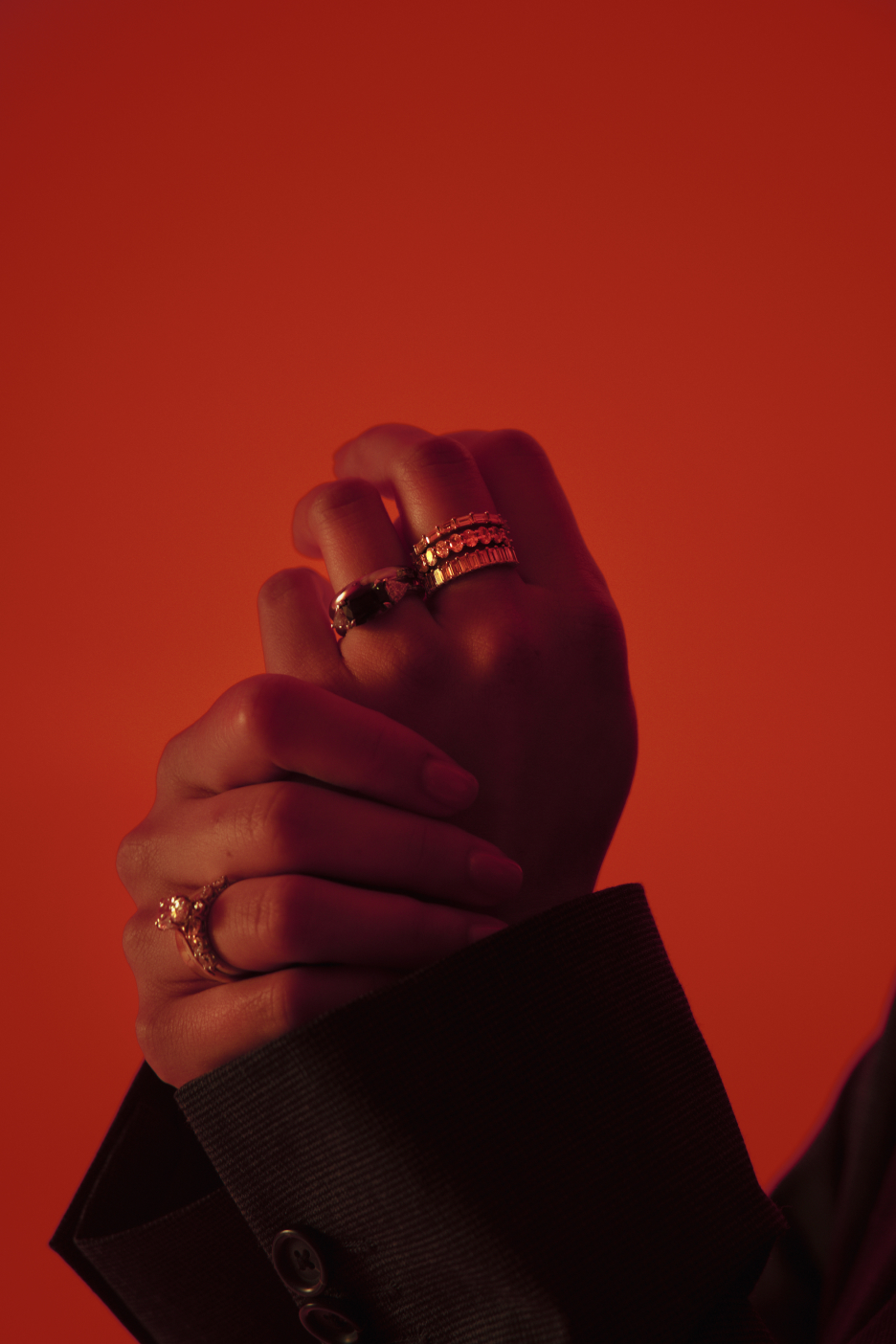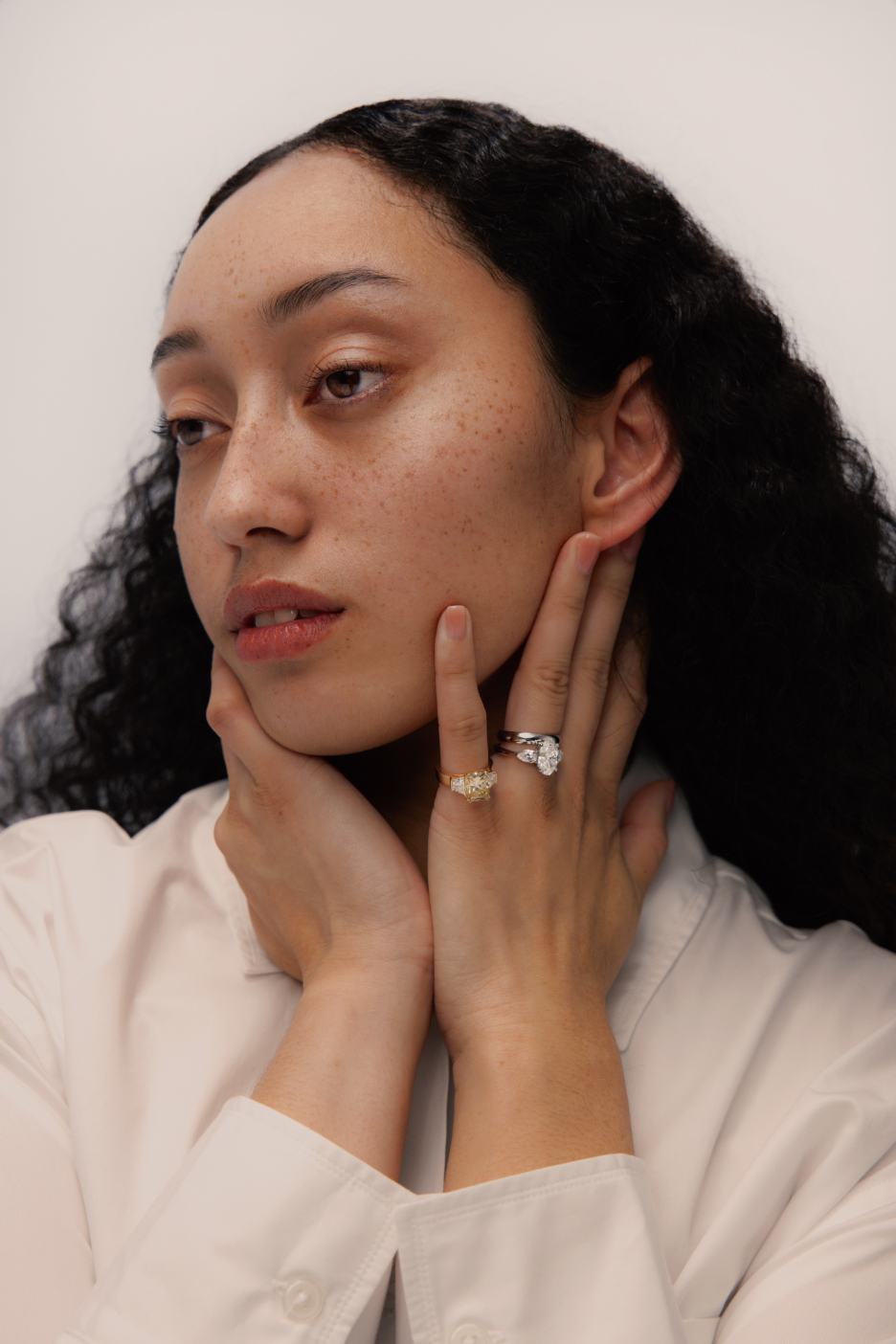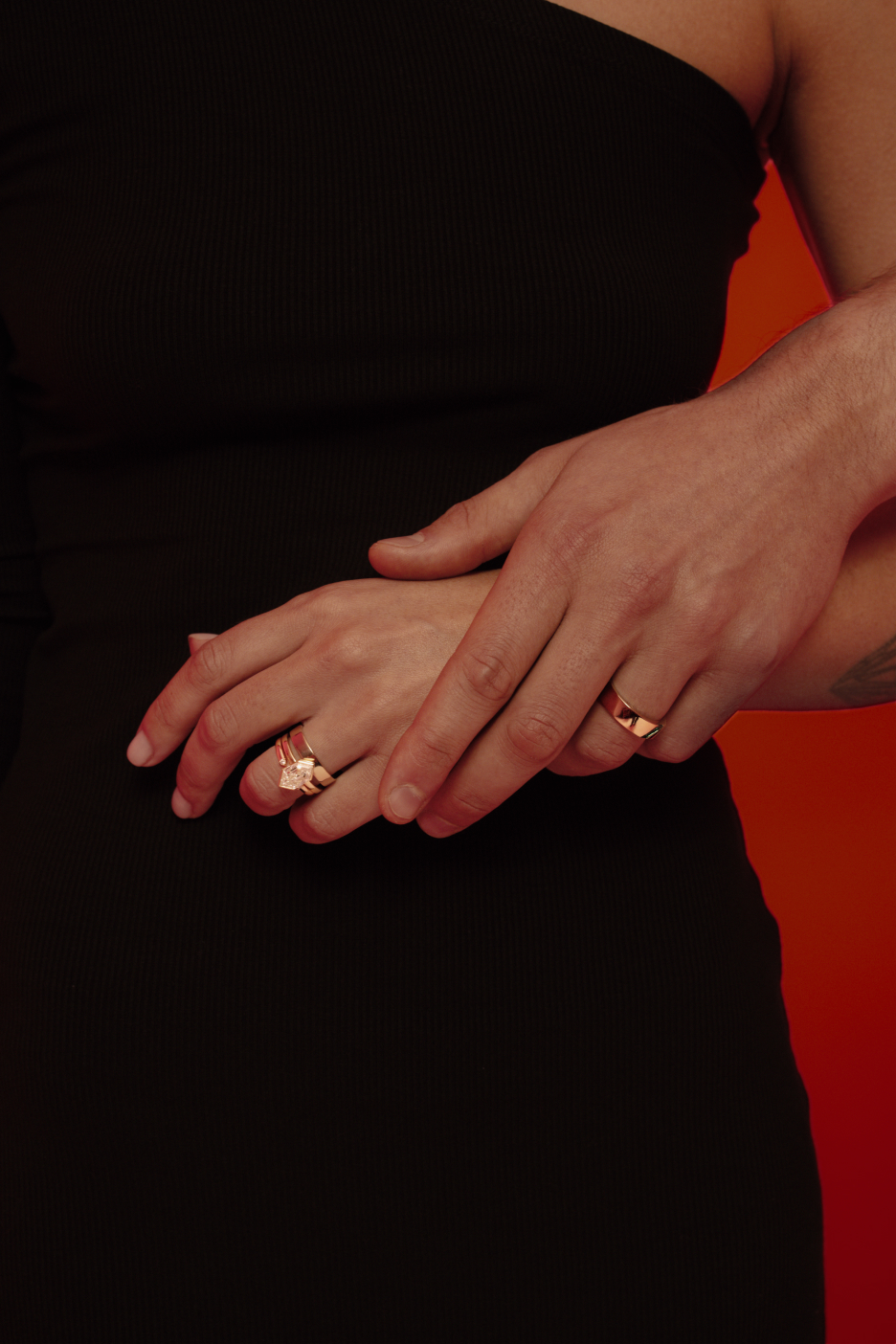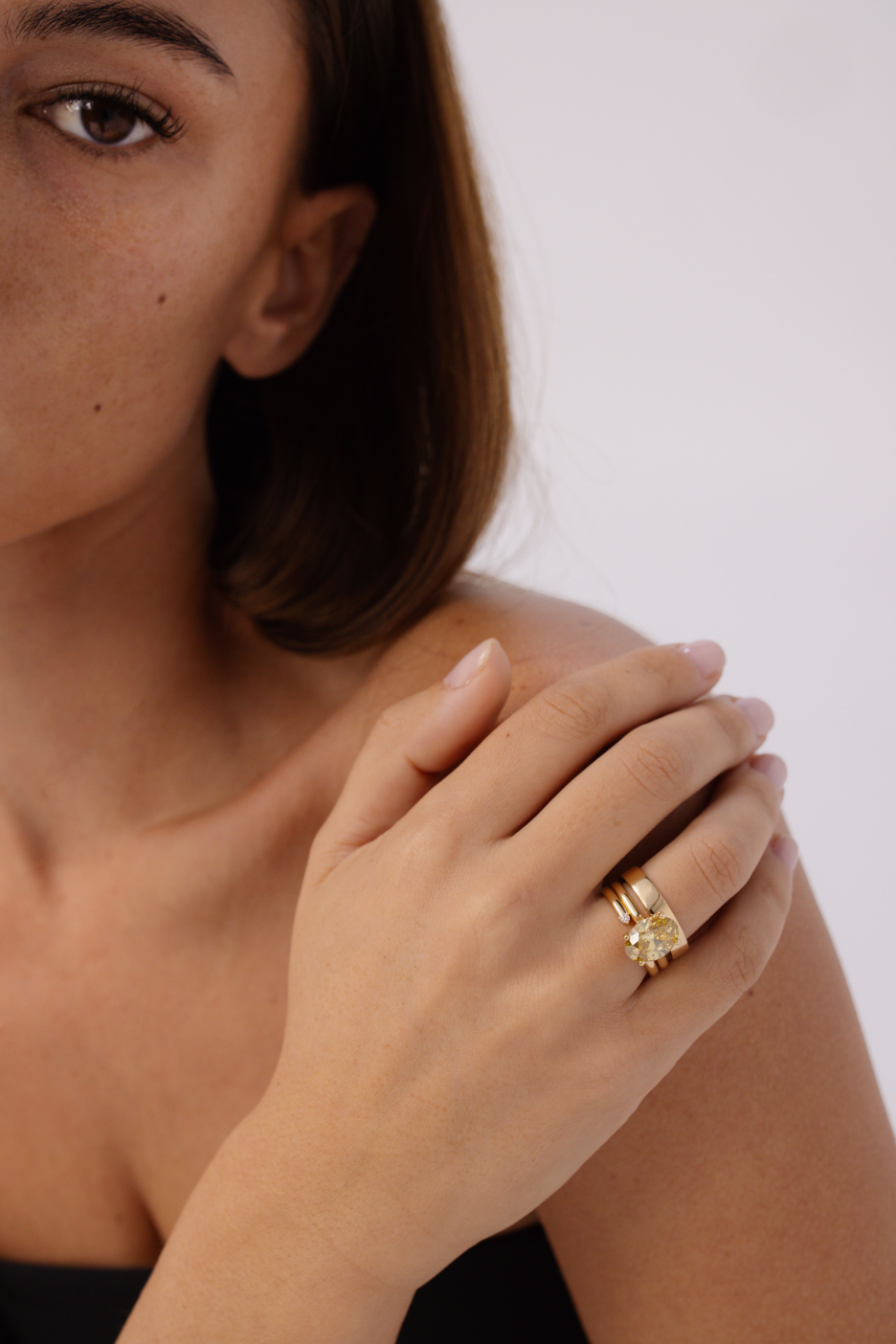What they don’t tell you about Moissanites in New Zealand

What exactly is moissanite? They look similar to diamonds – and most people can't tell the difference. But what are they? And while, they are 50% more affordable, ethical and always conflict free, can you trust it? We’ll break them down to help you make sense of it and explain why it's worth paying attention to moissanites.
What is a moissanite engagement ring?
Moissanites are a type of gemstone which look like a diamond. And they’ve become increasingly popular in New Zealand as an affordable, sustainable and ethical alternative when creating an engagement ring.
While they look similar to a diamond, they are not diamonds. They are their own type of gemstones with its own measure of quality.

This is a 1ct Round Brilliant Moissanite Solitaire we created using an elegant gold band.
What are moissanites made out of?
Moissanites are naturally incredibly rare — and believed to have come from a meteor. Today all are created in a lab. And while they are similar physically and optically to diamonds – the difference lies in their chemistry.
Diamonds are made from compressed carbon. While moissanites are made from carbon and silicon (Silicon Carbide). The silicon atom gives it a completely different structure and as a result, it changes the optical and physical properties.
It also means that you cant cut a moissanite the same as how you would with a diamond.
This is one of the biggest risks of buying a moissanite in New Zealand; and a common mistake most jewellers will take with moissanite.
Cutting them like a diamond makes them appear hazy and cloudy. We’ve made sure to cut our moissanites differently to help maximise their natural qualities.

For example, we have a well-cut 1ct Oval Moissanite solitaire we designed for one of our customers, using 14k gold.
You can read more about the history of moissanites and their differences here.
Advantages of buying a moissanite
Moissanites are sparkly, durable, conflict free. Best of all? They are an affordable route to a larger centre stone for an engagement ring.
1. Moissanites are very sparkly
Moissanites have a very high refractive index. This means that they are incredibly sparkly. And are more sparkly than diamonds (depending on how well they’re cut).
To talk to specifics, diamonds have a refractive index of 2.4 while Moissanites are about 10-15% sparklier sitting at 2.65.
(Refractive index refers to how much light is reflected back to you. A higher index means a sparklier gemstone).

2. Moissanites are very hard gemstones
While diamonds are the hardest material out there (sitting at 10 of 10 on the Mohs scale) moissanites come in a close second, sitting at 9.25.
To put this into perspective other recommended gemstones such as Sapphires and Rubies sit at an 8-9 of 10 on the Mohs scale.
This means moissanites are harder and less prone to scratching than rubies, sapphires and emeralds. The only thing harder than a moissanite is a diamond.
Mohs scale refers to how likely a gemstone will scratch. Anything less than 7 tends to be too soft for jewellery and can be prone to chipping or breakage.
You can read more about the Mohs scale – and how it impacts jewellery durability here.
3. Moissanites are conflict free
When we selected our supplier we made sure to check they had a transparent supply chain. Most moissanites are from India, China and USA and are all made in a lab. So make sure to check with your jeweller the origin of their moissanite and if they have a transparent supply chain.
4. Moissanites are more affordable than diamonds
Moissanites do not have a cartel like diamonds do. So their price is genuinely determined by the quality of the gemstone and the cost of manufacturing and distribution.
Depending on the size of your moissanite, it can result in being around 30 - 40% cheaper than a lab grown diamond. And lab grown diamonds are 30 - 40% cheaper than mined diamonds. So that is quite the savings for an equivalent engagement ring.
If you have a low budget or don’t want to spend an extravagant amount of money then moissanites are a perfect option.
Alternatively, if you want to get a massive centre stone then moissanite provide a very affordable pathway (think like 2-5ct stones!)

5. Natural moissanites are more rare than mined diamonds
Mined diamonds are not that rare. They're more of a commodity than the industry would like you to believe. Sapphires and Rubies are rarer. But nothing is more rare than natural moissanite. Only discovered in 1893, there have only been a couple of places in the world natural moissanite are found — and these are meteor craters. Most natural moissanite on Earth has come from outer space.
Where to next?
If you want to start designing your own ring, or nudge someone that you believe should be, flick us a message. And if you would like to learn more about moissanites we have written guides on:
